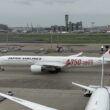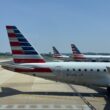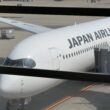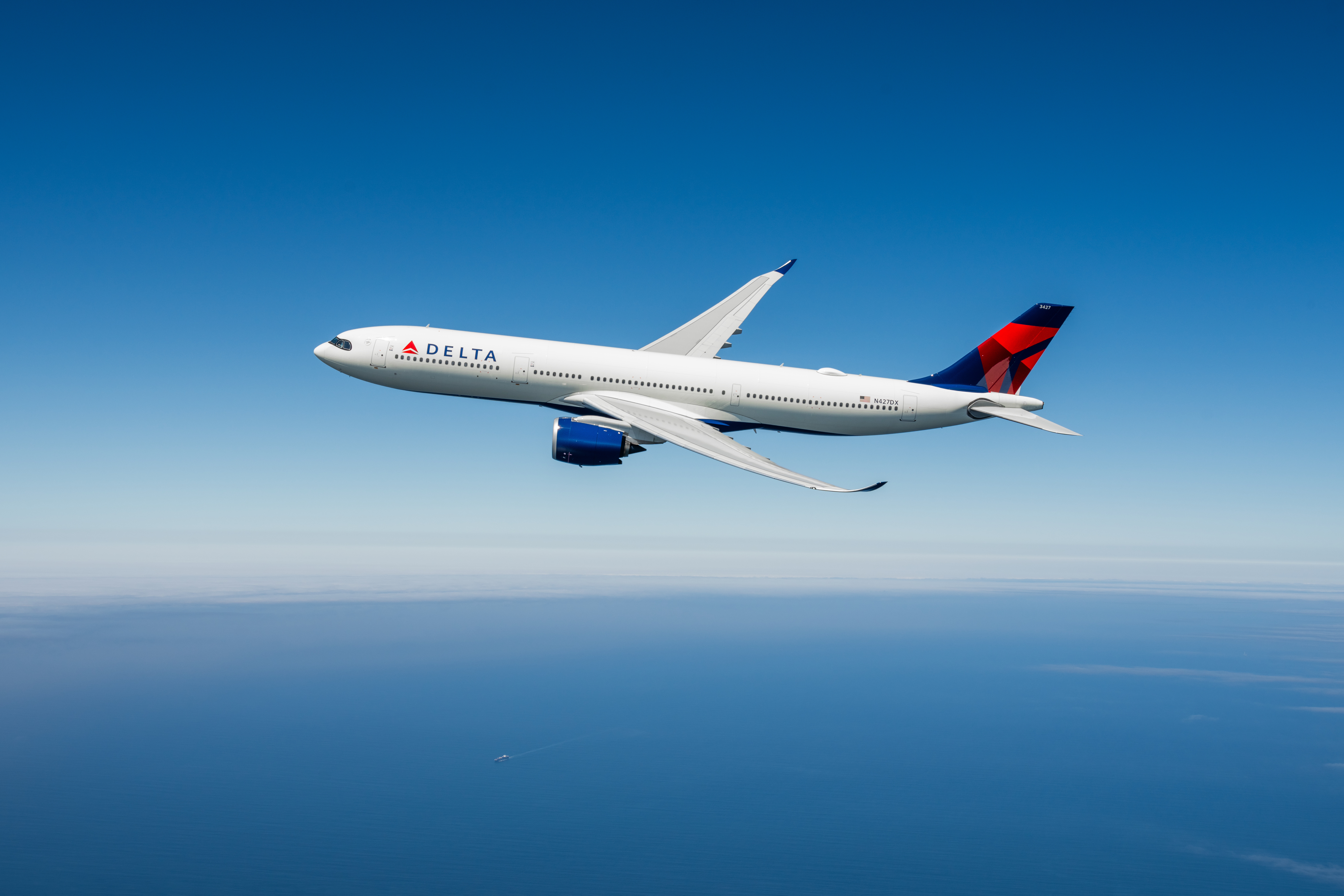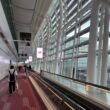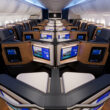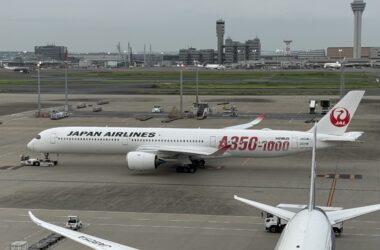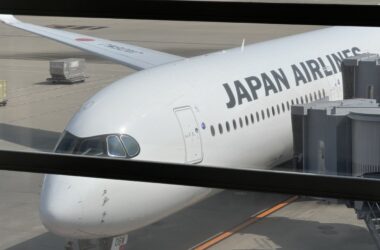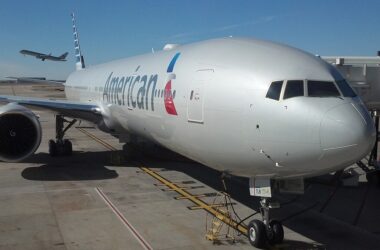Delta Air Lines flight DL56 from Salt Lake City to Amsterdam encountered “significant turbulence” soon after takeoff on Wednesday night. The flight was forced to divert to Minneapolis after the resulting injuries and needed medical care.
According to the airline, medical personnel met those onboard right after the emergency landing, and 25 passengers and crew onboard were transported to hospitals for medical care.
“We are grateful for the support of all emergency responders involved,” the airline said in a statement. “Safety is our No. 1 value at Delta, and our Delta Care Team is working directly with customers to support their immediate needs.”
The aircraft involved is N422DZ, a 2 year old Airbus A330-900neo.
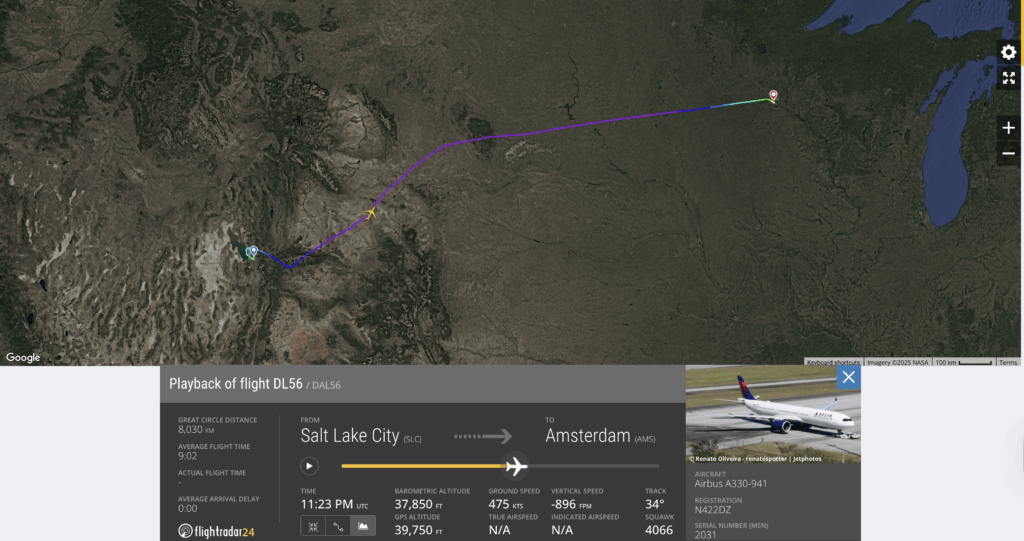
N422DZ appears to have encountered the severe turbulence about 30 to 40 minutes after takeoff over rocky terrain in Wyoming. According to Flightradar24, the flight was flying through a storm system during the incident. Many other aircraft were seen avoiding the storm and other weather systems nearby by flying around.

Altitude data shows the aircraft struggling to maintain its cruising altitude of 37,000 feet. I took a look at the flight’s CSV files, which showed the aircraft hitting a maximum altitude as high as 38,075 feet and a minimum altitude as low as 35,775 feet during that time.
Some passengers on the flight made comments on Reddit describing the situation. One user stated that the flight “…was a mess. I was luckily wearing my seatbelts tightly but the flight attendants and some passengers were flying….”
Research Suggests Severe Turbulence is Becoming More Common
We hear about these severe turbulence stories every so often. Last year, a Singapore Airlines flight encountered significant rough air, which resulted in many injuries and even one fatality. Korean Air also stopped serving hot noodles in light of turbulence incidents around the world.
A recent study by Prosser et al. (2023) showed that since 1979, light or greater clear turbulence increased by 17%, and the most severe type of clear air turbulence increased by 55% over the North Atlantic Ocean.
This particular incident today resulted from a storm system, which it too has become more common with climate change. Summer air travel can be frustrating with many weather delays and cancellations, but it’s for everyone’s safety to avoid significant situations like this.
Moreover, the rise of turbulence incidents also affects airlines financially, with more maintenance and airframe fatigue for airlines, driving up operating costs. An estimated $200 million annually is expected to be spent on these repairs in the United States (Prosser et al.).
Still, the rise of turbulence is very much up for debate, but it’s no secret that airlines have been taking additional measures in recent years. Either way, severe incidents like this one are always a reminder to keep your seatbelt on whenever you’re seated. There’s a reason why airlines stress it in their safety videos.
Featured image by Delta Air Lines.

